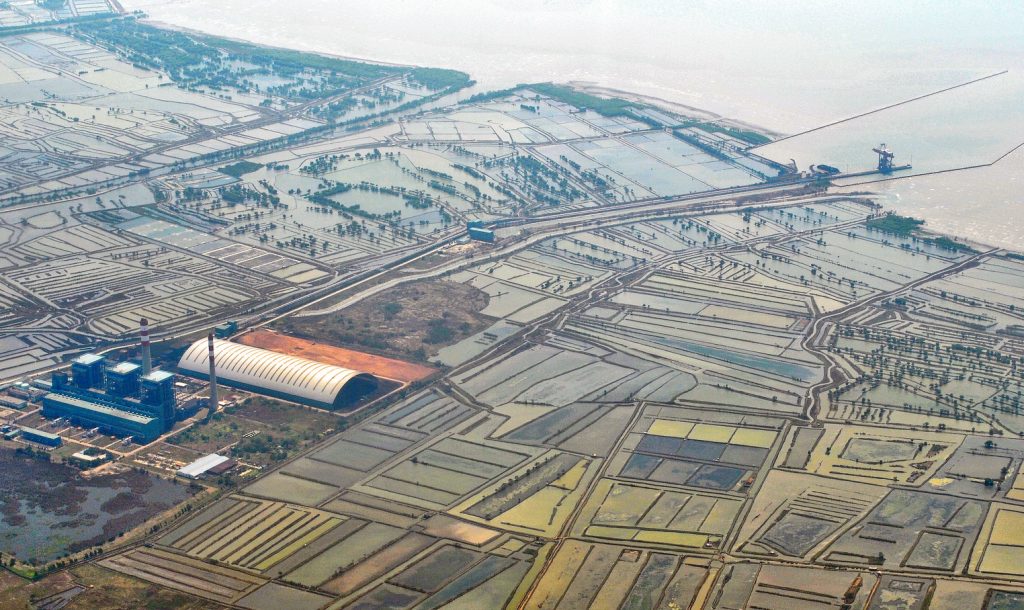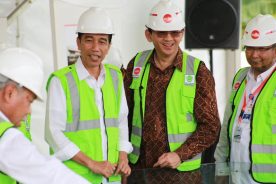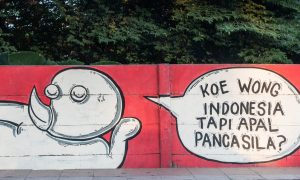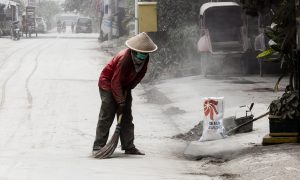When Jokowi came to office in 2014, he promised to jump start Indonesia’s lagging infrastructure development. After shoring up his political coalition in 2016, it was expected that Indonesia would embark on a building spree spearheaded by state-owned companies and narrowly focused on infrastructure, part of what Eve Warburton has termed Indonesia’s “new developmentalism.” One of Jokowi’s more ambitious goals was to add 35,000 megawatts (MW) of installed capacity to Indonesia’s power grid by 2019—the year he comes up for re-election.
As of 1 February 2018 only 1,362MW of the planned 35,000MW were operational. In its most recent 10-year business plan, state-owned electricity company Perusahaan Listrik Negara (PLN) slashed its 2028 targets by 22,000MW, citing lower than expected demand. And in early March, the Ministry of Energy and Mineral Resources issued a regulation capping the price that PLN would have to pay to procure domestic coal, leading some to wonder if the utility was unable or just unwilling to pay the market price.
These results are clearly undershooting expectations. They also raise questions about whether PLN is capable of carrying out the kind of massive infrastructure development it has been tasked with. But PLN’s performance also captures certain characteristics about the way Indonesia has been executing its “new developmentalism” that can help explain why planning, financing and building basic infrastructure is such a seemingly intractable challenge in the country.
PLN has a constitutionally mandated monopoly on the transmission and distribution of power in Indonesia. It also has a legal obligation to provide “reasonably priced” power to its citizens, the price of which is set by the Ministry of Energy. The Ministry recently announced it would be freezing the retail price of electricity at current levels for 2018 and 2019, presumably so as to not rock the boat in the run up to provincial and national elections. It also means that PLN is essentially powerless to increase revenue in order to cover operating losses or invest in new plants and equipment.
This helps explain why the Ministry of Energy capped the price of domestic coal: it will save PLN as much as US$1.3 billion and help offset revenue shortfalls caused by low electricity rates. The Ministry of Finance expects the policy to cost US$630 million in lost taxes and royalties from the coal industry, but this is apparently a trade-off the administration is willing to accept. To further hold PLN’s costs down, the Ministry of Energy also revised its Feed-in-Tariff schemes last year. (These are long-term fixed rates PLN pays independent power producers to supply the utility with power.)
Since the 1990s, PLN has increasingly sourced power from independent producers using Feed-in-Tariffs. About 75% of Jokowi’s envisioned 35,000MW is slated to come from independent producers rather than PLN-operated plants. Yet the Ministry has reduced the rates PLN could offer these independent companies for both renewable and coal-fired energy, and while this will be good for PLN’s bottom line it will likely drive away private investment. Given that Jokowi’s 35,000MW plan is hoping private companies will shoulder 75% of the load, this will constrain PLN’s ability to add capacity at the scale it envisioned.
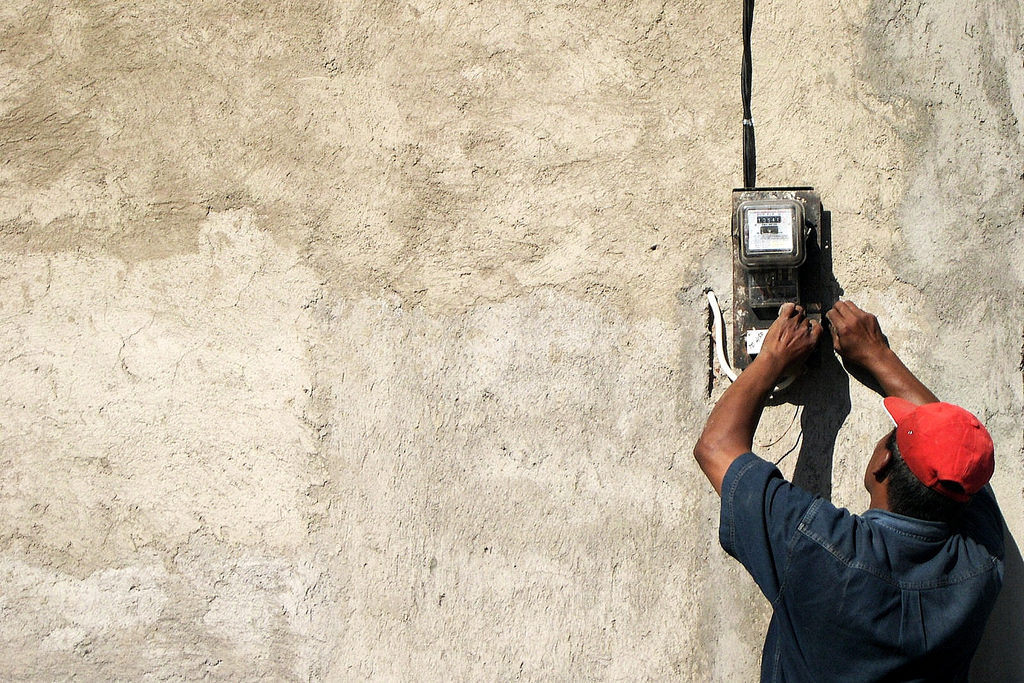
This reveals a fundamental flaw in the logic of Indonesia’s state-led developmentalism. The state maintains monopolies on critical public services, such as energy, in order to maximise control and use its coercive power to push through big-ticket items and speed up cumbersome processes like land acquisition and permitting. In theory this might work, if all the major stakeholders were on the same page for a sustained period of time.
In reality, the situation makes these sectors vulnerable to the vagaries of political infighting and breakdowns in bureaucratic coordination, and leave them subject to the whims of electorally expedient policies designed to garner public support in election years. In PLN’s case, the utility’s long-term ability to plan and build capacity is handicapped by the possibility that when a new Minister of Energy is appointed, they might abruptly change Feed-in-Tariffs in a way that alters the calculus of sourcing power from independent producers.
Making policy in such an ad hoc manner and without committing to a sustained and comprehensive strategy has other consequences, particularly when it comes to financing big projects. Since PLN’s ability to control its costs and revenue is often circumscribed by political considerations, it has been forced to raise capital in more creative ways. In 2016 it took advantage of a new strategy championed by State-owned Enterprises Minister Rini Soemarno to value its fixed assets at their current market price, rather than their purchase price as had previously been the case. This valuation method allows for some degree of opacity in determining the worth of assets.
As described in their 2016 annual financial statement, the new values were calculated using market data as well as “unobservable market data inputs and special assumptions related to the assets”, which allows a fair degree of latitude to be baked into the model. Applied retroactively to 2015, the new valuation increased PLN’s assets from Rp539 trillion (US$39.2 billion) in 2014 to Rp 1.227 quadrillion (US$89.2 billion) the following year. This added Rp 687 trillion (US$50 billion) of equity in a single year.
It would be impossible in real terms for PLN to sell their fixed assets and realise any of their increased on-paper value. The true purpose of such a large balance sheet adjustment was to borrow against the increase in assets, which is indeed what happened. In 2017 alone PLN secured at least Rp35.8 trillion (US$2.6 billion) in loans. In mid-2017 it issued Rp10 trillion of fixed rate bonds (US$727 million), its first public bond offering in four years. The company has announced plans to follow this up with $2 billion in rupiah-denominated global bonds in the second quarter of 2018. This flurry of financing activity is earmarked for funding capital expenditures, paying down debt, and weaning the company off its reliance on government cash.
It is questionable whether using accounting sleight of hand to load up on debt is a sustainable way for PLN to finance its ambitious capital investment plans, cover revenue shortfalls, and pay down existing debt. But in the absence of capital injections from the state, which the government has recently shown reluctance to do do (after initially being enthusiastic about such injections), there are not many other options. Indeed, pushed by the government to find outside sources of capital, several state-owned companies are turning to global bond markets to finance their infrastructure agendas.
State-owned toll company Jasa Marga sold Rp4 trillion (US$298 million) of bonds on the London Stock Exchange last year, and state-owned construction company Wijaya Karya followed suit this year with a Rp5.4 trillion (US$403 million) issue. PLN and state-owned telecommunication company Telkom are planning to join in, along with others. While there appears to be a healthy demand for these bonds at the moment, one does wonder if that is because investors are confident in the underlying financials, or rather because they believe the Indonesian state, as the sole or majority shareholder in these entities, will step in and guarantee their obligations should anything happen.

So what stands out about Jokowi’s SOE-first infrastructure agenda is a lack of realistic and sustainable financing schemes. At the beginning of Jokowi’s term, state-owned companies were tasked with carrying out a wide-ranging and ambitious infrastructure agenda—including the 35,000MW project—based on overly optimistic economic growth targets of 7%. Actual growth has been closer to 5%, resulting in consistent revenue shortfalls that have led the government to push SOEs to rely less on the state budget and raise capital in other ways.
In PLN’s case this involved a large revaluation of its balance sheet. The irony is that even as PLN raises capital from lenders and private investors, the state is still ultimately on the hook if the utility cannot make good on its debt. In essence, they are kicking the can down the road, shoring up the state budget in the short term without resolving fundamental issues related to PLN’s cash flow and business model.
As other SOEs are pushed to raise capital in similar ways, it will increase the state’s overall financial exposure. The last time Indonesia pursued ambitious state-led infrastructure development—under the New Order—one of the main consequences was an accumulation of unsustainable debt that turned into a regime-crippling liability for the government when the rupiah plummeted during the Asian Financial Crisis.
Ahok and the rise (and fall?) of state capital
Forget oligarchy. Ahok's governorship, like Jokowi's before him, has been a boon for state enterprise.
Moving beyond the challenges of planning and financing, implementation presents its own set of obstacles. Policies can be altered in an ad hoc fashion, something which may be a hallmark of Jokowi’s governing style. This policy whiplash is often a result of competition and breakdowns in communication between the kaleidoscope of ministries and agencies tasked with executing complex projects, each of which has its own goals and interests to protect. Ultimately, in a democracy, state-owned companies are inextricably linked to the political fortunes of elected officials, a dynamic that can undermine effective long-term planning.
 Facebook
Facebook  Twitter
Twitter  Soundcloud
Soundcloud  Youtube
Youtube  Rss
Rss 